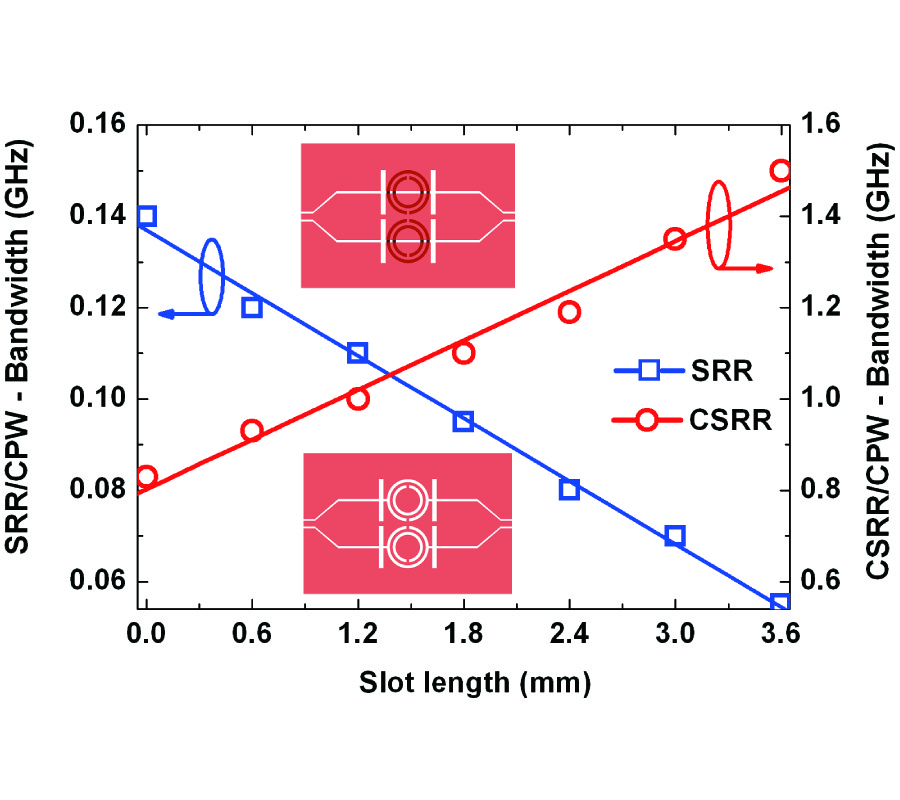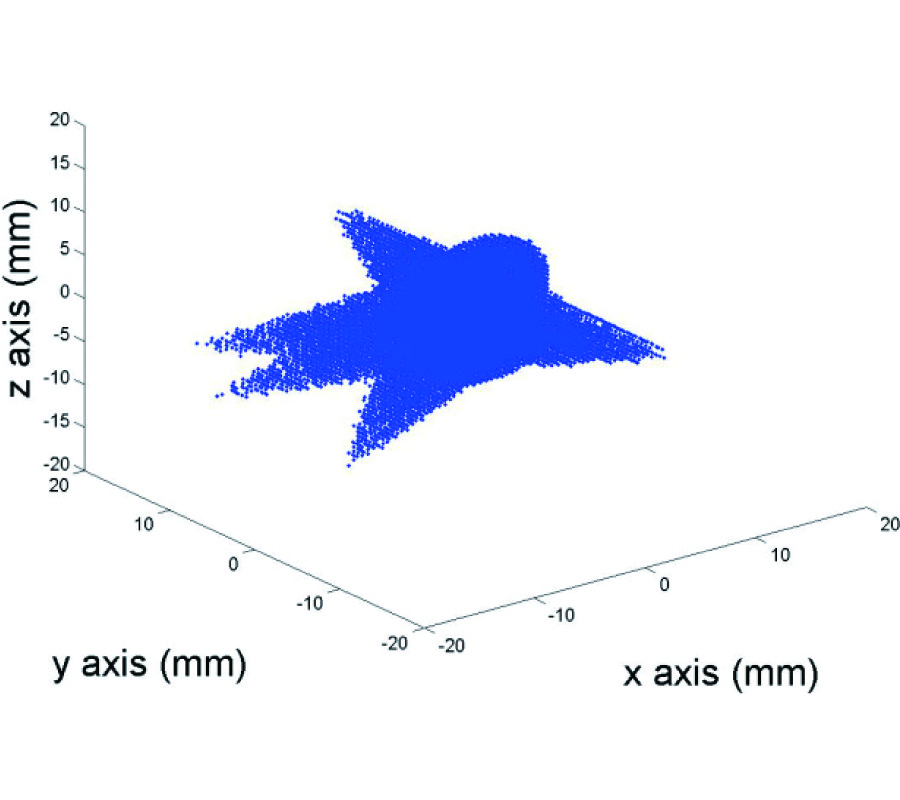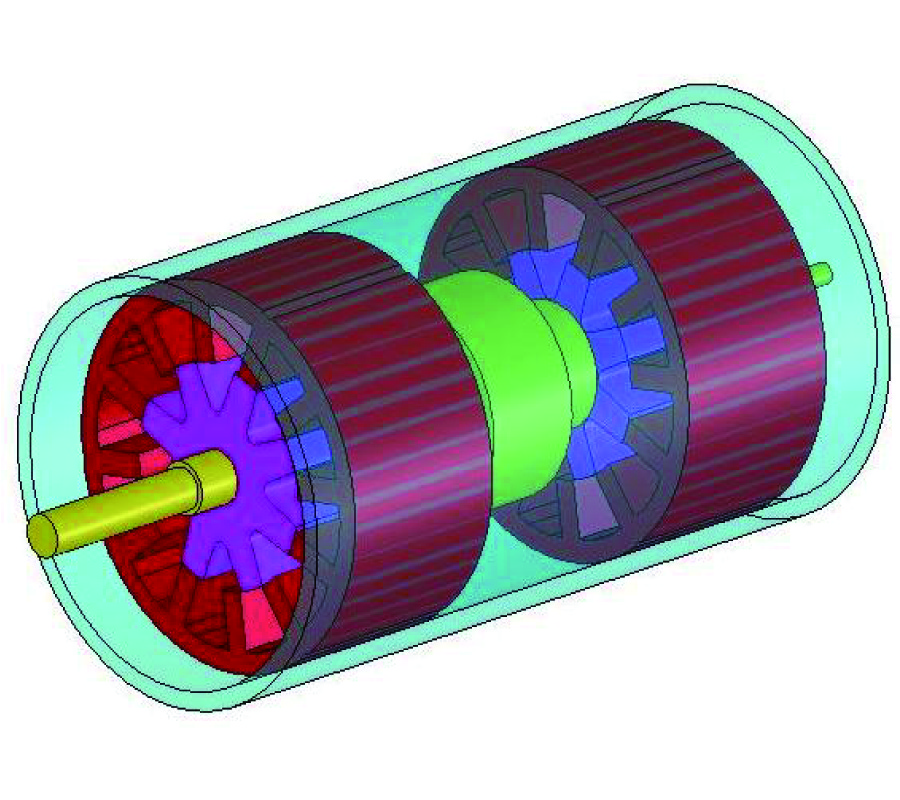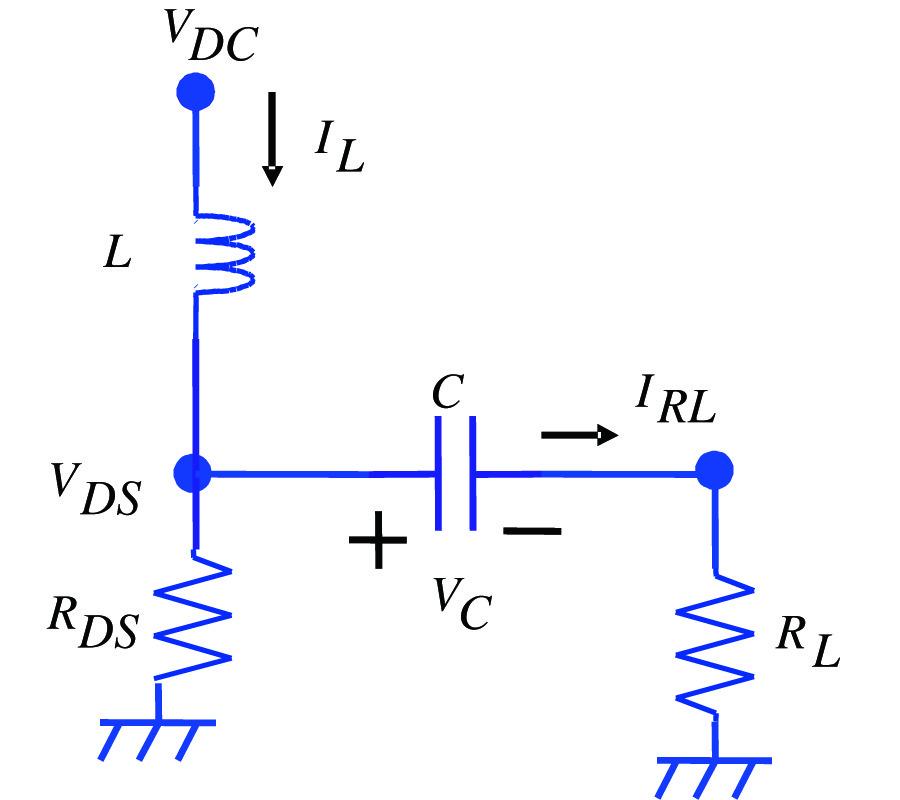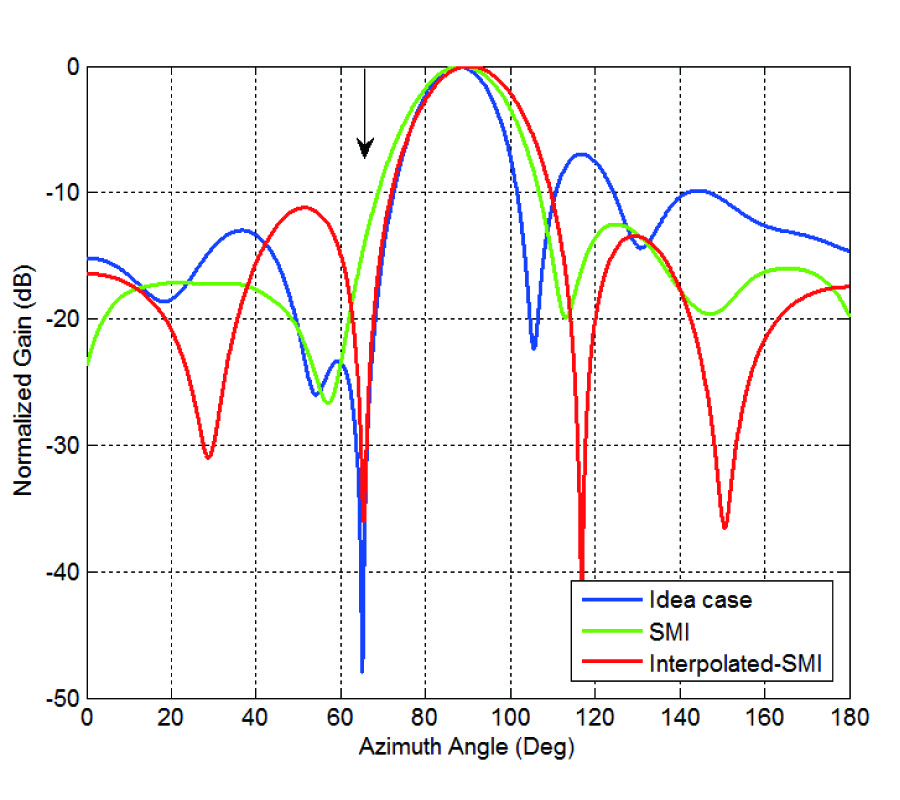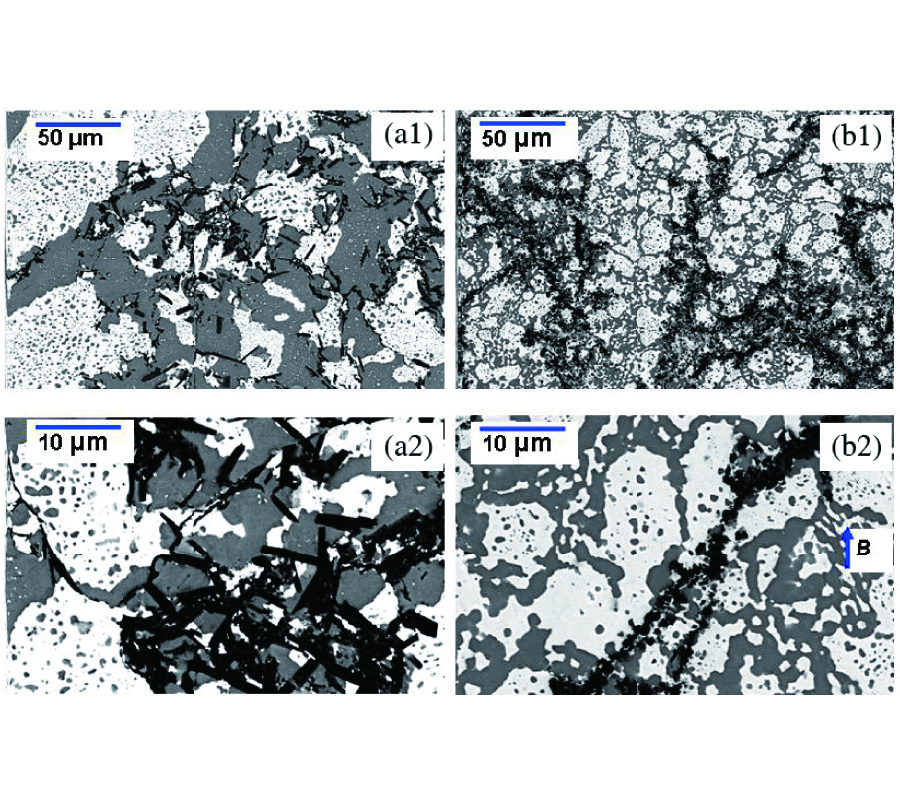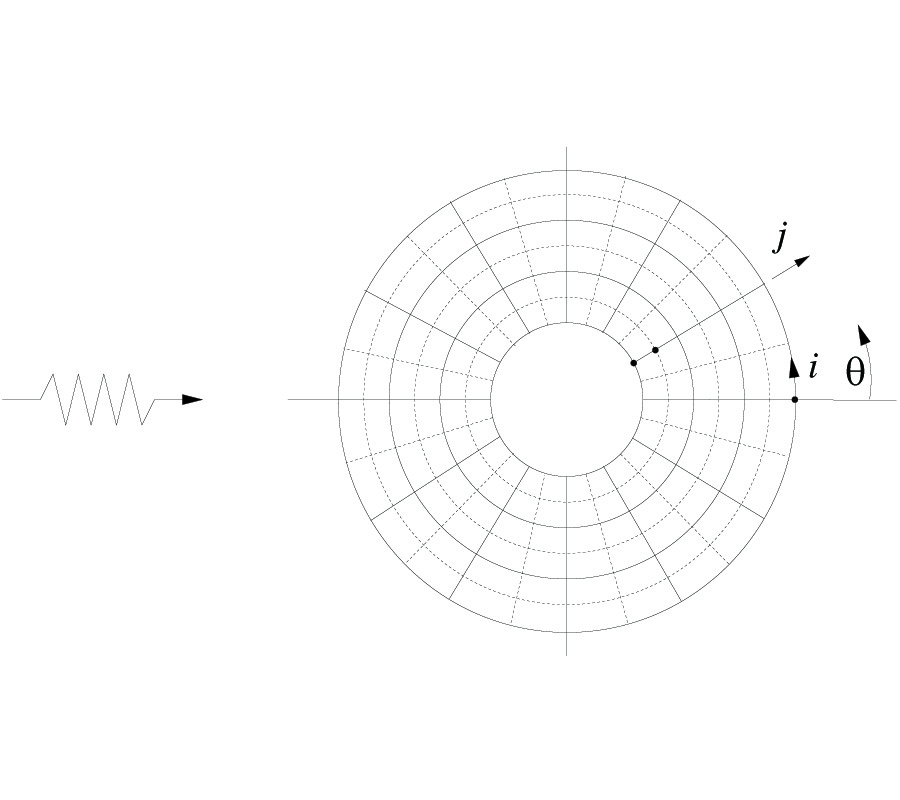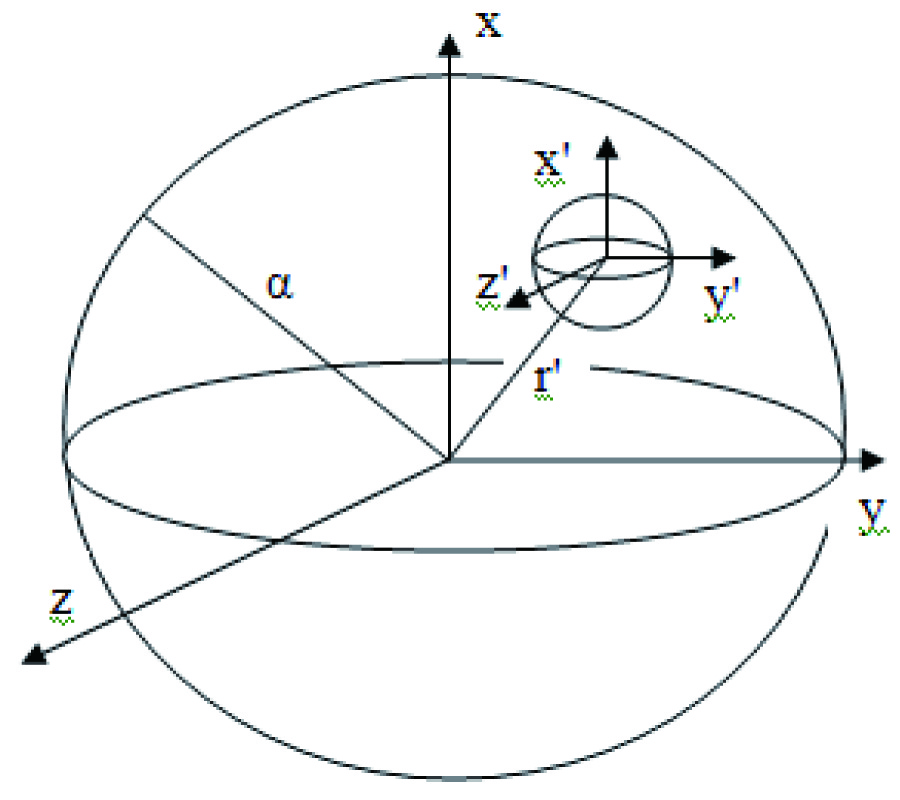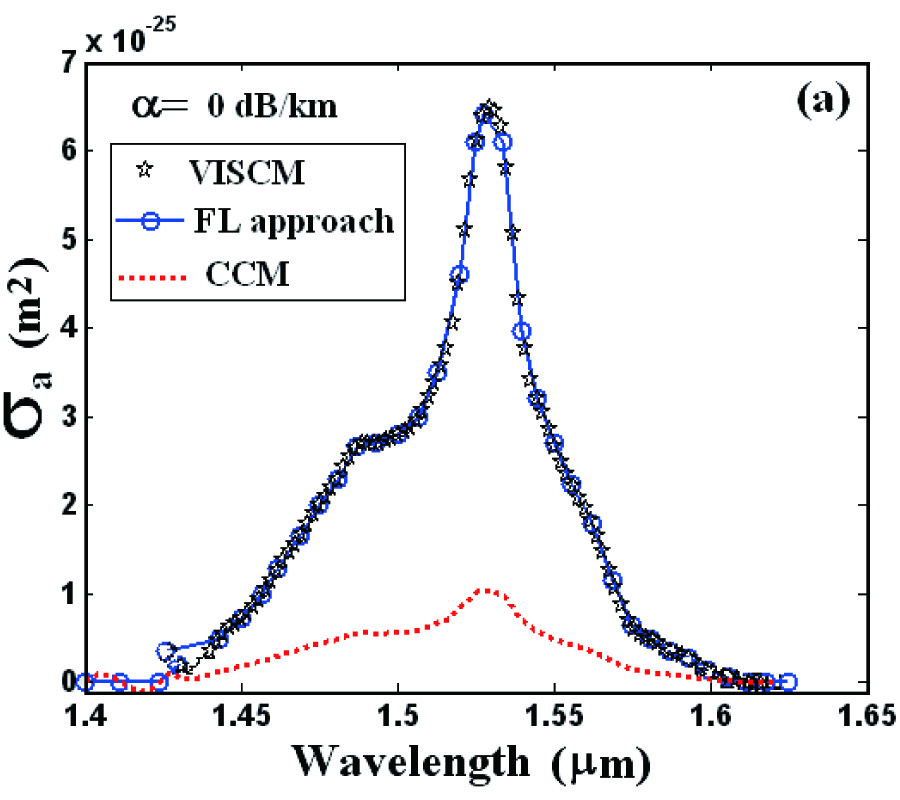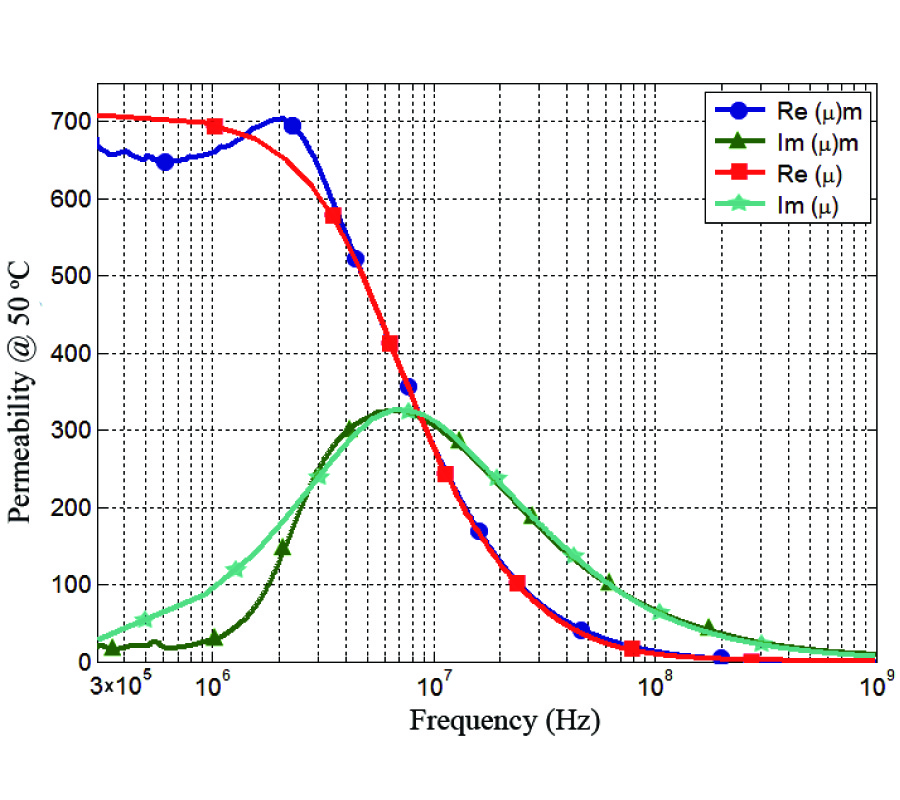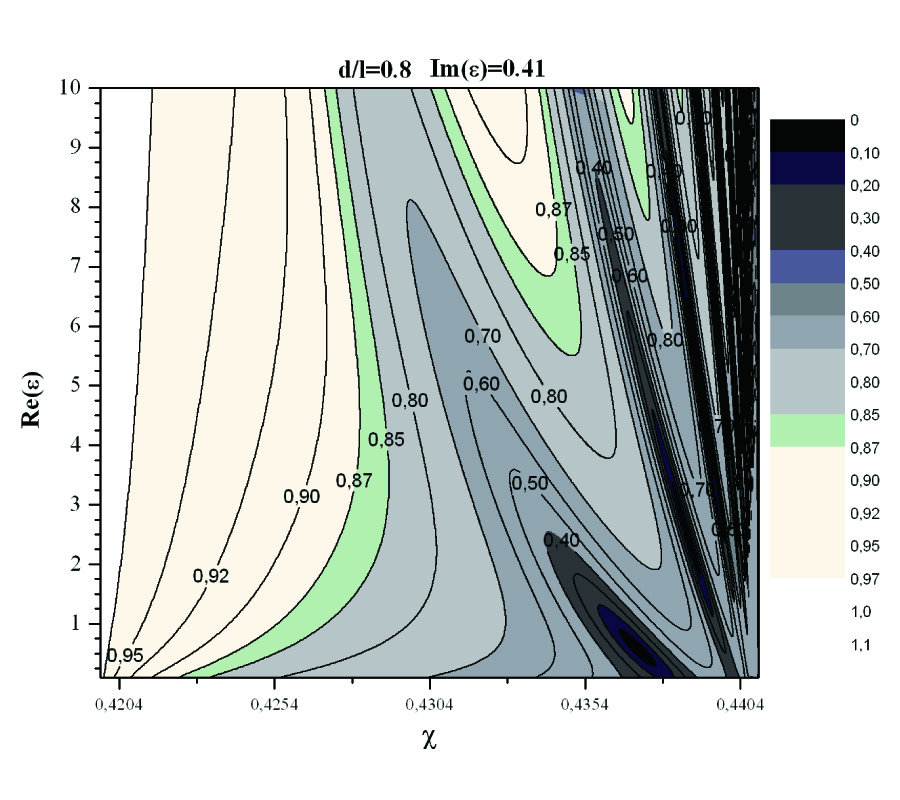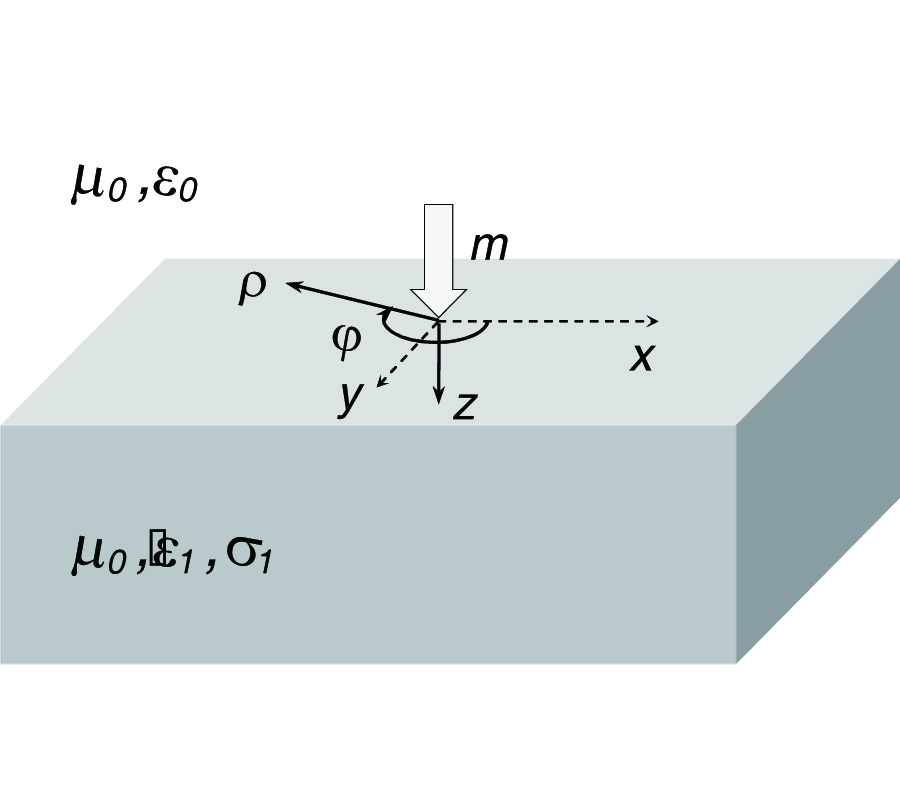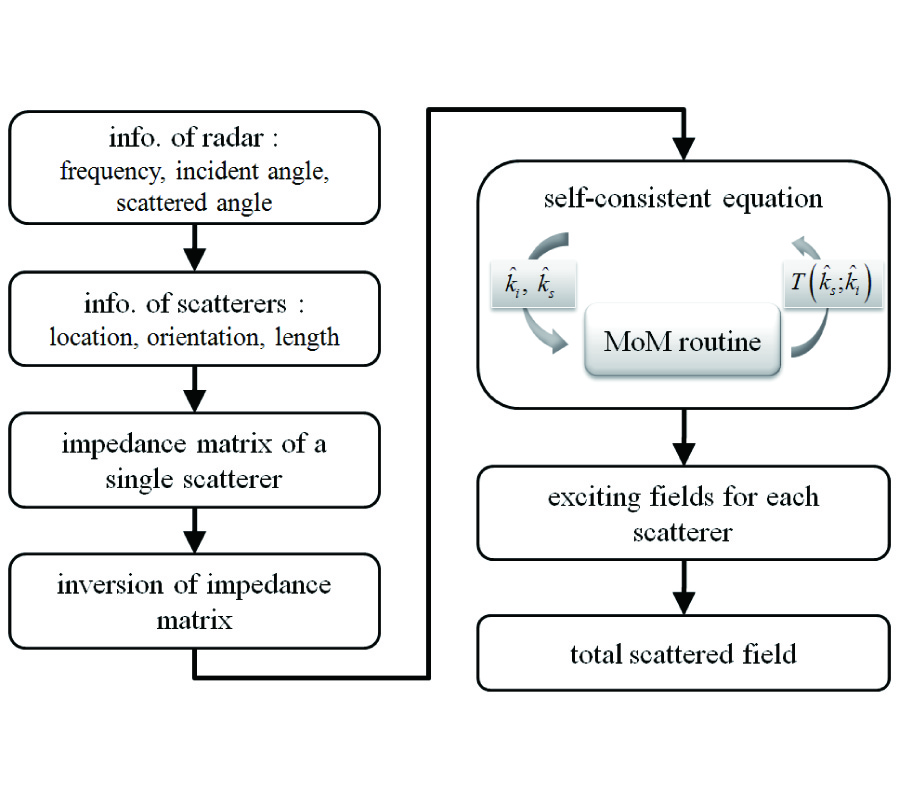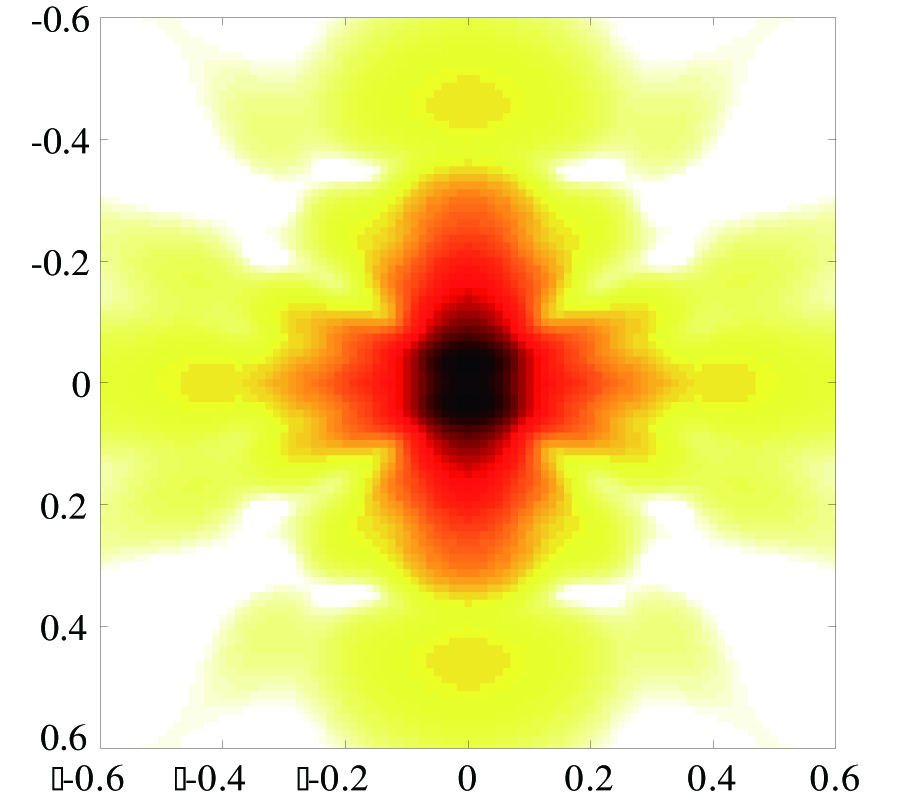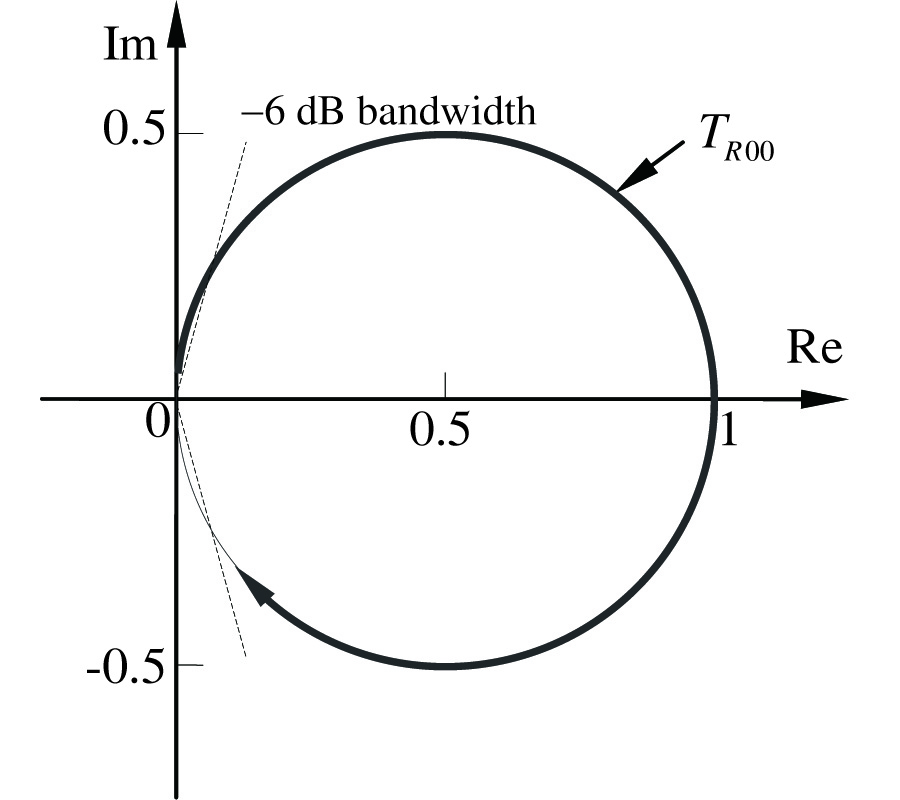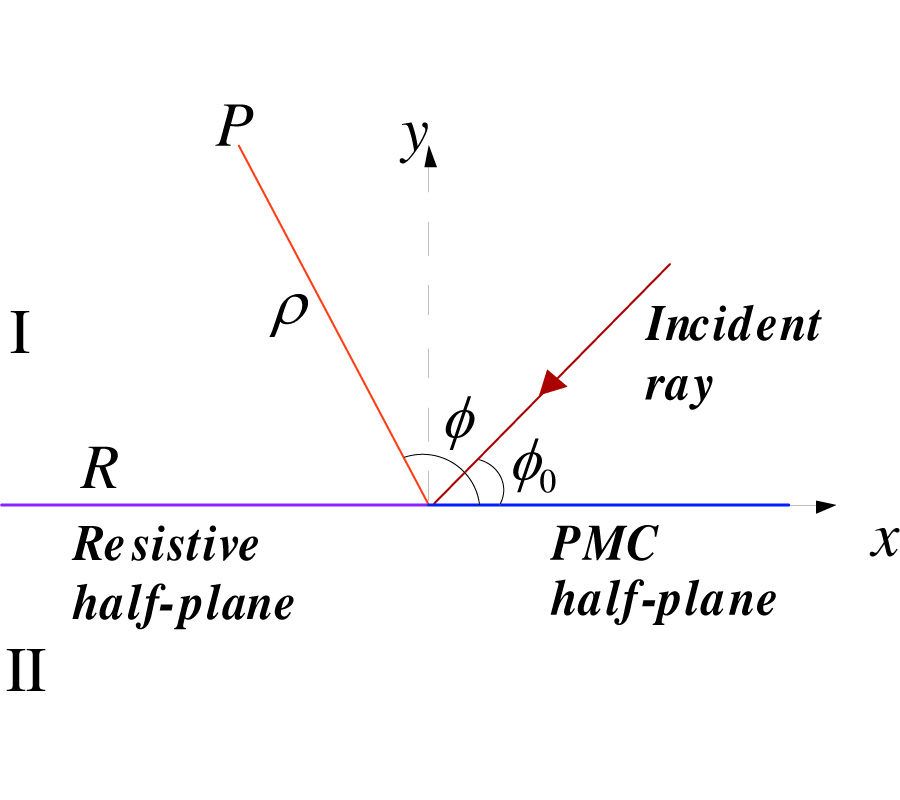Resonance Wave Scattering by a Strip Grating Attached to a Ferromagnetic Medium
А. V. Brovenko
,
Elena D. Vinogradova
,
P. N. Мelezhik
,
Anatoly Poyedinchuk
and
A. S. Troschylo
The diffraction of a uniform unit-amplitude E-polarized plane wave is considered in the case of its normal incidence on a strip periodic metal grating placed on the anisotropic hyrotropic ferromagnetic half-space boundary. The Dirichlet boundary conditions on the grating strips, the medium interface conjugation conditions, the Meixner condition that the energy is finite in any confined volume and the radiation condition are applied, and the boundary value diffraction problem in terms of Maxwell's (Helmholtz) equations is equivalently reduced to the dual system of functional equations with exponential kernel. The system is shown to be the Riemann-Hilbert problem in analytic function theory with the conjugation coefficient differing, in general, from ``-1" and dependent on the incident wave frequency. An analytical regularization procedure based on the Riemann-Hilbert boundary value problem solution with the following use of the Plemelle-Sokhotsky formulas is suggested, resulting in the system of linear algebraic equations of the second kind with a compact operator. For vthese systems, the truncation technique possibility has been shown. Calculation algorithms and simulation packages in terms of C++ language have been developed. As a result, the reflection coefficient performance has been studied over sufficiently wide ranges of frequency and constitutive and geometrical parameters of the electrodynamical systems of interest. The frequency bands of the reflection coefficient resonant behavior have been established and examined. A numerical analytical model of these resonances has been proposed.
